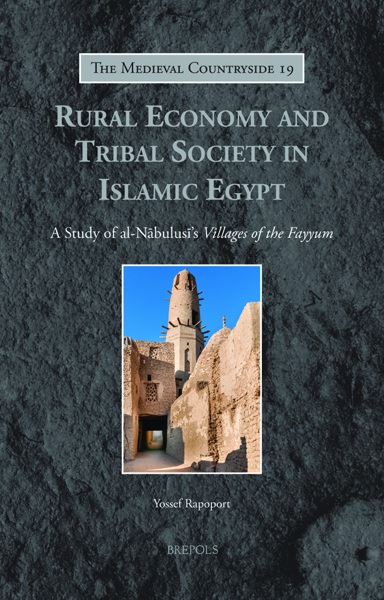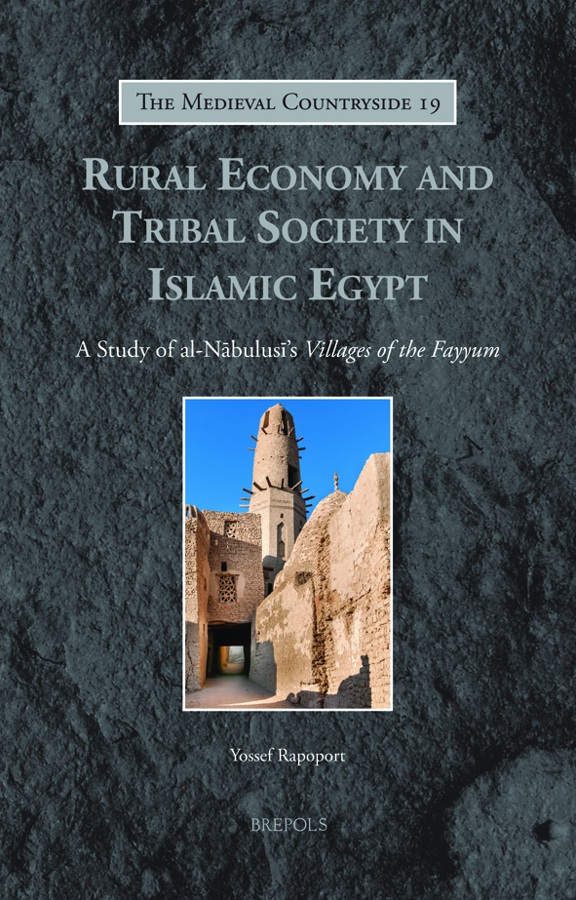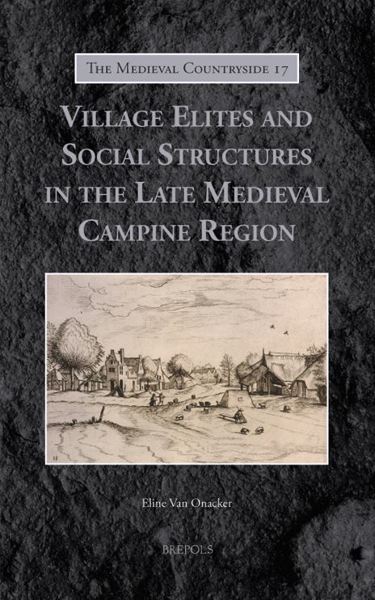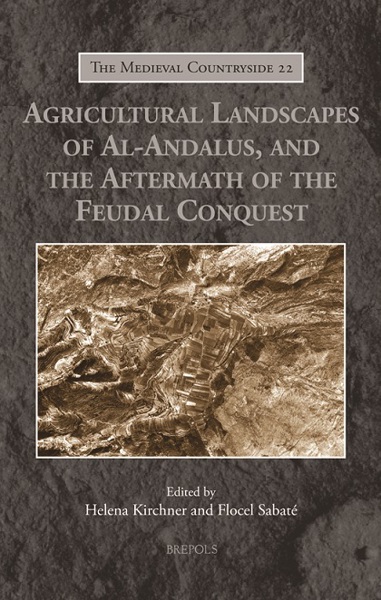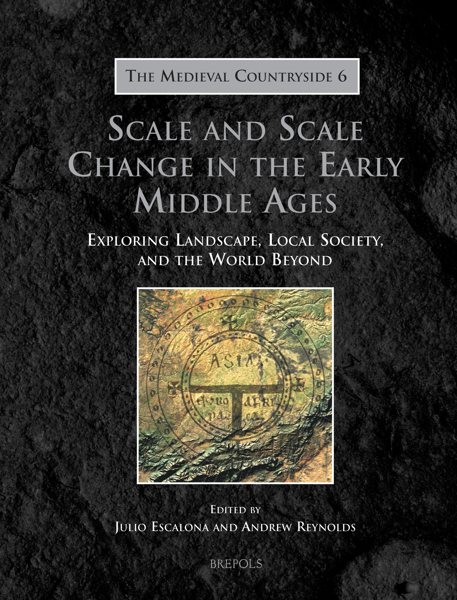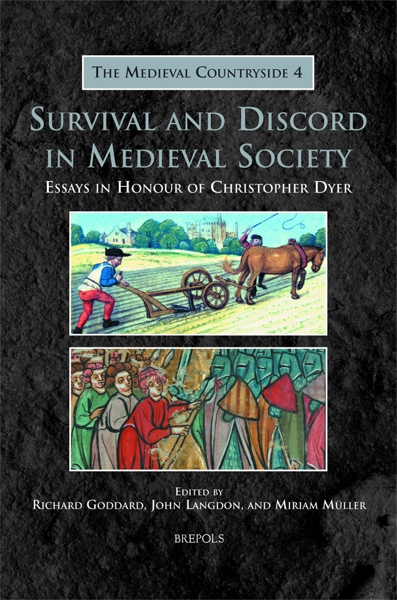
Rural Economy and Tribal Society in Islamic Egypt
A Study of al-Nābulusī’s 'Villages of the Fayyum'
Yossef Rapoport
- Pages: xxix + 288 p.
- Size:156 x 234 mm
- Illustrations:12 b/w, 4 col., 18 tables b/w., 12 maps, 1 Chart
- Language(s):English
- Publication Year:2018
- € 100,00 EXCL. VAT RETAIL PRICE
- ISBN: 978-2-503-57518-6
- Hardback
- Available
- € 100,00 EXCL. VAT RETAIL PRICE
- ISBN: 978-2-503-57530-8
- E-book
- Available
This study of a unique and unparalleled thirteenth-century Arabic tax register of the province of the Fayyum in Middle Egypt offers a radically new perspective on the social and economic history of the medieval Islamic countryside.
Winner of the 2019 Middle East Medievalists Book Prize
"(...) This book achieves far more than simply using numbers to tell an untold story. It stands as an exemplar for how this kind of analysis can challenge prevailing notions about the social, economic, and political history of other agricultural areas in the medieval Middle East and beyond. Simply put, the committee thinks that this book has field-changing implications. (...) This book was informative on a baseline level but also fundamentally reoriented my assumptions about rural regions of the pre-modern Muslim world. (...) From his characterization of al-Nābulusī to his reworking and illumination of the Ayyubid iqṭāʿ system in rural areas, this text has totally changed how I teach and how I will be writing. (...) This book will have a long-term impact on the way we teach and think about some of the most crucial concepts in our field, especially waqf and iqṭāʿ." (2019 Middle East Medievalists Book Prize Committee)
“Overall, this is an exceptionally illuminating study/primary source which represents a major advance in our knowledge on the rural human topography both of the Near East in general and Egypt in particular. It is scrupulously researched and plausible in its conclusions. Moreover, the nature of the thirteenth-century register lends itself to the creation of important statistical data relevant to a range of important debates.” (Nicholas Morton, in Al-Masāq, 31:1, 2019, p. 112-114)
“Taken together, these two volumes are a wonderful result of a project that started with an AHRC grant back in 2009. Most importantly, they succeed in moving the gaze of scholarship beyond the walls of the major cities where most studies of this period remain. The study is a major piece of scholarship and a must-read for anybody interested in Mamluk history, Egyptian history, rural history or economic history. It is eloquently written and exemplary in the clarity of both argument and methodology – a privilege to read and to review.” (Konrad Hirschler, in the Bulletin of the School of Oriental and African Studies, 82/1, 2019)
“This is an important book and provides a novel revisionist narrative. It also builds a needed bridge between historians and social scientists who are interested in Middle Eastern history.” (Mohamed Saleh, in EH.NET, July 2019)
The work is a true goldmine for economic and agrarian historians of rural Egypt (…) As is evident from this discussion, Rapoport has produced an insightful book that convincingly contributes to a number of current debates. Its analyses make al-Nābulusī’s sometimes dry and impervious but unique and important data meaningful for modern historians. In short, anyone interested in al-Nābulusī’s Villages of the Fayyum will find a highly accessible version, meeting modern scholarly standards, in Rapoport and Shahar’s edition and translation. Anyone interested in what it was al-Nābulusī has recorded in this text, explicitly and implicitly, now has to read Rapoport’s Rural Economy and Tribal Society in Islamic Egypt.” (Jelle Bruning, in BIBLIOTHECA ORIENTALIS, LXXVI N° 3-4, 2019, p. 546-552)
« Revisiter Nābulusī et sa précieuse description du Fayyoum ayyoubide à la lumière des dernières recherches et à l’aide des outils modernes de cartographie était le but annoncé de cet ouvrage, mais la portée des derniers chapitres est plus vaste encore, par leur contribution à l’histoire de l’islamisation. S’appuyant sur une solide bibliographie, Y. Rapoport exploite abondamment les sources papyrologiques et les synthèses récemment éditées et n’hésite pas à chercher les éléments de comparaison en dehors du strict contexte ayyoubide égyptien. Rendre lisibles les statistiques collectées par Nābulusī est un des points forts de cet ouvrage, qui peut se lire aussi comme l’exposé synthétique d’un système fiscal complexe et de ses multiples acteurs ; on ne peut qu’apprécier la lisibilité des tableaux, l’éclairage des cartes produites par un SIG développé en bijection avec les données du traité, l’ensemble rendu libre d’accès dans un microsite web. Souhaitons que ces données puissent être exposées prochainement en open-data, pour être exploitables et incluses dans d’autres SIG et bases de données historiques. » (Christian Gaubert, dans Bulletin Critique des Annales Islamologiques, 34, 2020, p. 62)
"This is a very important contribution, not only to the historiography of Middle Islamic societies, but to peasant studies in the Islamic world." (Bethany J. Walker, in Sehepunkte, 21.2.2021)
“No scholar working on either the Ayyubid era in Egypt or the issues raised in this analysis can afford not to read this valuable contribution.” (Daniel M. Varisco, in Journal of the American Oriental Society, 142/1, 2022, p. 194)
The Villages of the Fayyum is a unique and unparalleled thirteenth-century Arabic tax register of the province of the Fayyum in Middle Egypt. Based on this tax-register, this book utilises quantitative research methods and spatial GIS analysis to provide a rich account of the rural economy of the medieval Fayyum, the tribal organization of the village communities, and their rights and duties in relation to the military landholders. It also draws on the rich documentary evidence of the Fayyum, which stretches back to the Greco-Roman and early Islamic periods, to trace the transformation of the Fayyum into a Muslim-majority and Arab province.
This volume thus offers a radically new perspective on the social and economic history of the medieval Islamic countryside. It makes a major contribution to the history of Islamic Egypt, its rural economy, and to our understanding of taxation and administration under the Ayyubids. Most importantly, its argument for the metamorphosis of the Coptic peasantry into Muslim and tribal Arab society has profound implications for Middle Eastern history in general, and challenges our modern concept of Arab identity.
Acknowledgements
List of Tables and Maps
Weights and Measures
Introduction
Chapter One: Al-Nābulusī and the Villages of the Fayyum
Chapter Two: The Fayyum, from the Ptolemies to the Ayyubids
Chapter Three: Land, Water and People in Ayyubid Fayyum
Chapter Four: Subsistence and Tribute
Chapter Five: Sugar, Orchards and Markets
Chapter Six: Landholding and the Regime of Iqṭāʿ
Chapter Seven: Village and Tribe
Chapter Eight: Christians and Muslims
Chapter Nine: The Tribal Conversion of the Fayyum
Conclusion
Bibliography
Index
